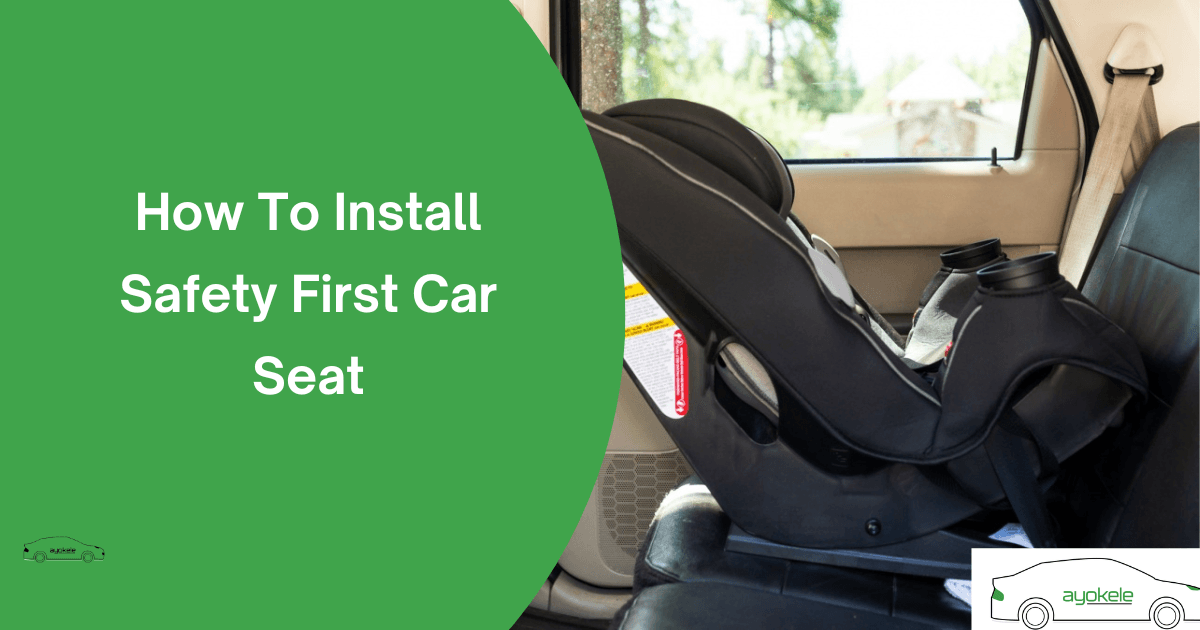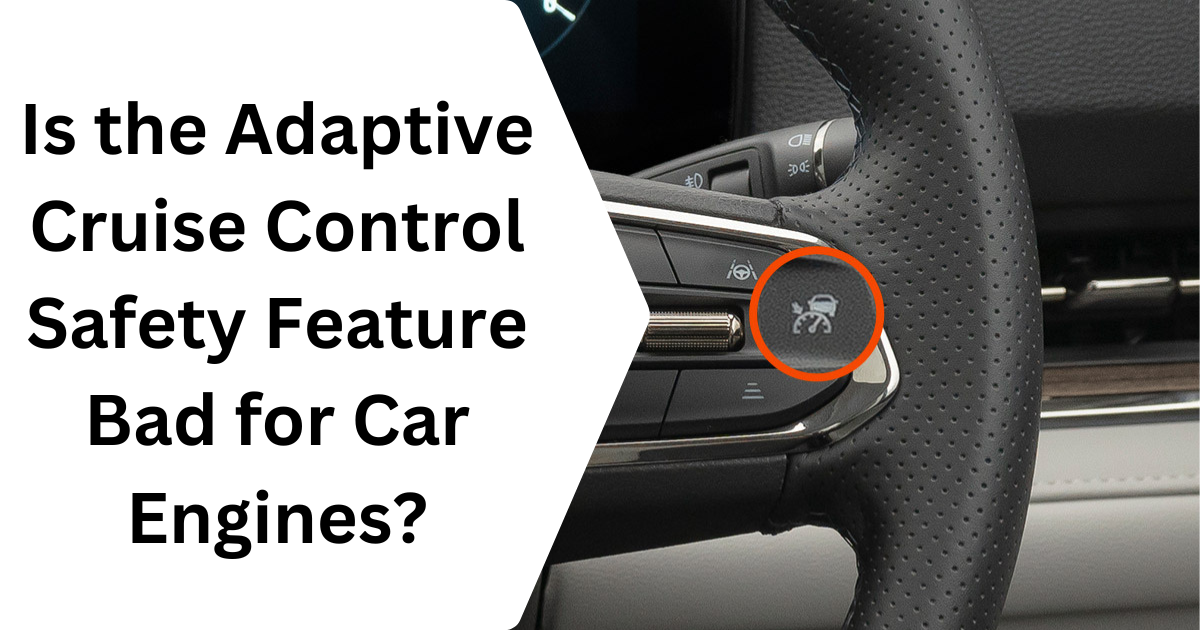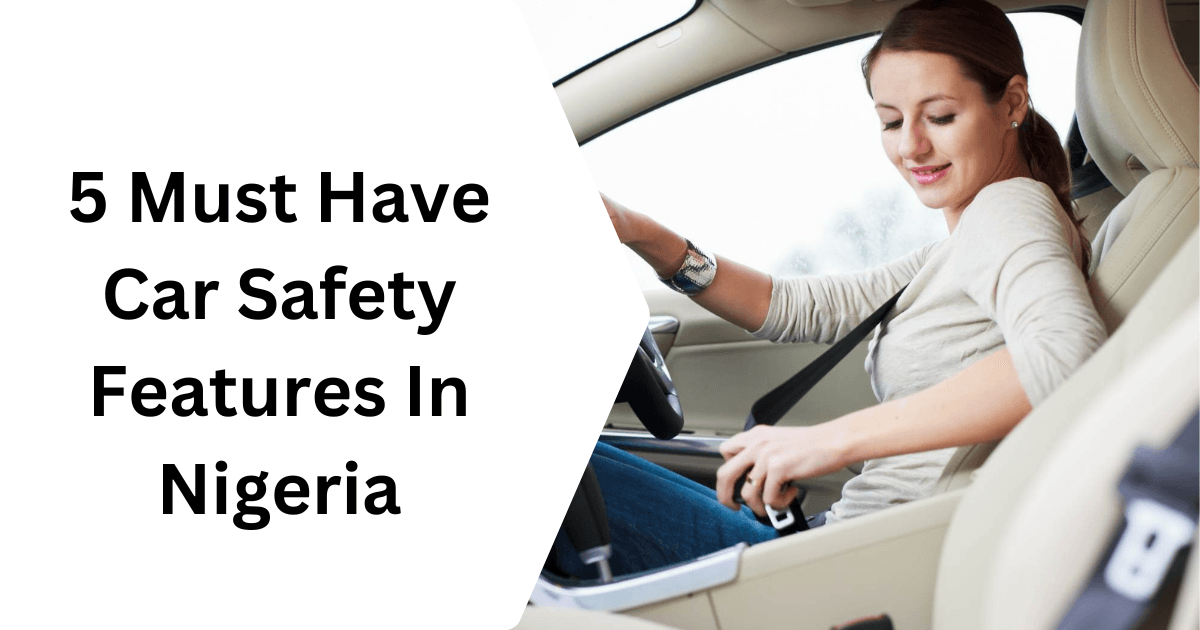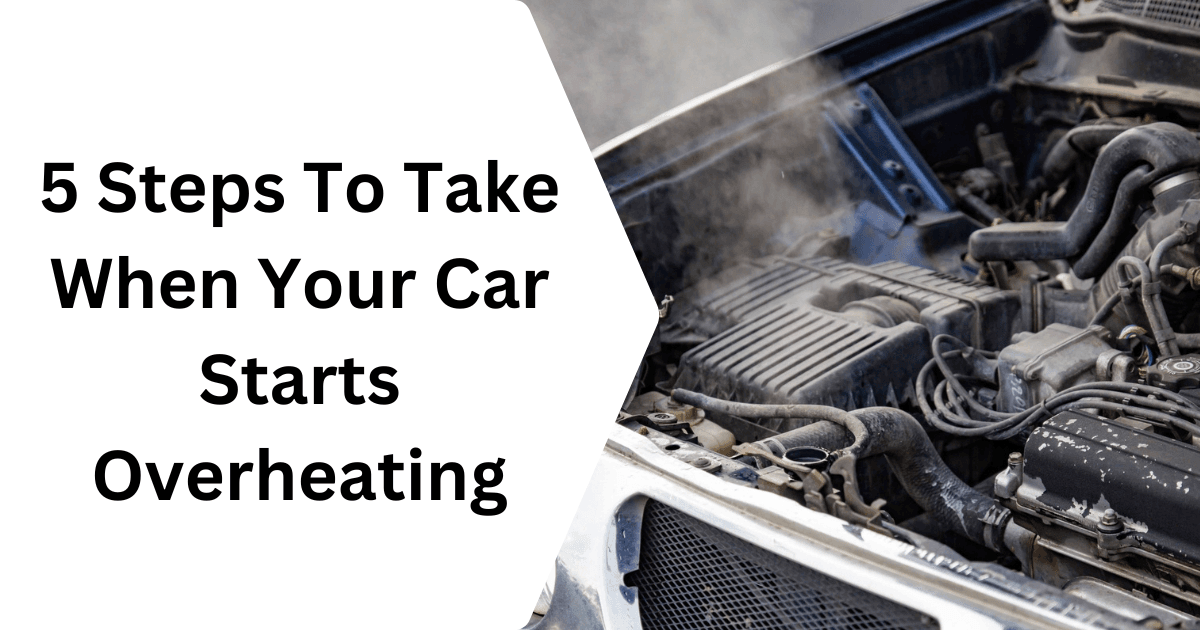Installing a car seat correctly is one of the most important steps to ensure your child’s safety while traveling. The safety first car seat is designed with advanced features to provide maximum protection, but proper installation is key to making it effective.
In this guide, we’ll walk you through the steps to install a safety first car seat, ensuring your child is safe and comfortable. Whether you’re a new parent or simply upgrading to a new seat, this article will help you install it with confidence.
Tools and Materials Needed
Installing a safety car seat in requires some preparation to ensure it’s done correctly. Here are the essential tools and materials you’ll need:
- Safety First Car Seat: Make sure you have the exact model along with its user manual for step-by-step guidance.
- Vehicle Owner’s Manual: This helps you understand your car’s seat belt system or ISOFIX anchors, which are important for securing the car seat.
- Towel or Folded Cloth: Useful for adjusting the angle of the car seat, especially for rear-facing installations in cars with sloped seats.
- Locking Clip (if required): Some older car models in Nigeria may not have automatic seat belt locking, so a locking clip can help secure the car seat.
Additionally, clean the back seat area of your car to ensure there’s no debris that might affect the car seat’s stability. Having these tools ready makes the installation process easier and ensures your child’s safety.
Choosing the right car seat for your child is essential for their safety, and it depends on their age, weight, and height. Here are the three main types of car seats:
1. Rear-Facing Car Seats: This seats are designed for infants and toddlers as they provide maximum protection for a child’s head, neck, and spine. They are suitable for children from birth up to around 2 years or until they reach the weight and height limits set by the car seat manufacturer. In Nigeria, where road conditions can be unpredictable, rear-facing seats are especially important as they absorb the impact of sudden stops or accidents.
2. Forward-Facing Car Seats: Once a child outgrows their rear-facing seat, they can transition to a forward-facing car seat. These seats are equipped with a harness to secure the child and are suitable for toddlers and preschoolers, usually from 2 to 7 years old, depending on their size. Forward-facing seats are ideal for slightly older children who can sit upright without support.
3. Booster Seats: Booster seats are for older children who have outgrown forward-facing seats but are not yet big enough for a regular seat belt. They help position the seat belt correctly across the child’s shoulder and lap. Booster seats are typically used for children aged 7 to 12 years or until they are tall enough to use a standard seat belt safely.
Using the correct car seat type at each stage of your child’s growth is crucial for ensuring their safety during every journey.
How To Install Safety First Car Seat: Step-by-Step Guide
Step 1: Read the Manual
Start by reading both the Safety First car seat manual and your car’s owner manual. These will explain how to use the seat belt or LATCH system (if available) to secure the car seat properly. Understanding the instructions ensures you don’t miss any important steps.
Step 2: Choose the Right Spot in Your Car
The safest place to install a car seat is usually the back seat, preferably in the middle, as it’s farthest from airbags and side impacts. Make sure the seat is on a flat and secure surface for stability.
Step 3: Secure the Car Seat with the Seat Belt or LATCH System
For cars with the LATCH system, connect the car seat’s anchors to the lower anchors in your car. Tighten the straps until the car seat doesn’t move more than 1 inch side-to-side or front-to-back.
If you’re using a seat belt, thread the belt through the car seat’s belt path as instructed in the manual. Pull the belt tight to ensure it’s locked in place.
Step 4: Adjust the Recline Angle (For Rear-Facing Seats)
If installing a rear-facing car seat, check the angle indicator on the seat to make sure it’s reclined correctly. Use a towel or folded cloth under the base if needed to get the right angle, especially in cars with sloped seats.
Step 5: Test the Installation
After securing the car seat, test its stability by giving it a firm shake at the base. It should not move more than 1 inch in any direction. Double-check that all straps are tight and the car seat is securely in place.
Common Mistakes to Avoid
1. Installing the Car Seat Too Loosely: A common mistake is not tightening the seat belt or LATCH straps enough. A loose car seat can move excessively during a sudden stop or collision, reducing its effectiveness. Always ensure the car seat doesn’t move more than 1 inch side-to-side or front-to-back.
2. Incorrect Angle for Rear-Facing Seats: Rear-facing car seats must be reclined at the proper angle to protect your child’s head and neck. If the angle is too upright, the baby’s head could fall forward, making it unsafe. Use the angle indicator on the car seat or adjust with a towel or cloth if needed.
3. Misplacing the Harness Straps: harness straps should be snug and positioned correctly. For rear-facing seats, the straps should be at or below the child’s shoulders, and for forward-facing seats, they should be at or above. Loose or incorrectly placed straps can compromise safety.
4. Forgetting to Lock the Seat Belt: If you’re using the seat belt to secure the car seat, make sure it’s locked in place. In some cars, this requires pulling the seat belt all the way out and letting it retract slowly until it locks. Not locking the belt can cause the seat to shift unexpectedly.
5. Placing the Car Seat in the Wrong Spot: Installing the car seat in the front seat or near active airbags is dangerous. Always place the car seat in the back seat, as it’s the safest position in the car, especially for children under 12 years old.
How to Secure Your Child in the Car Seat
Step 1: Adjust the Harness Straps
Place your child in the car seat and adjust the harness straps to fit them properly. For rear-facing seats, the straps should be positioned at or below your child’s shoulders, while for forward-facing seats, they should be at or above the shoulders. Ensure the straps are snug but not too tight—just enough to allow one finger to slide under the strap.
Step 2: Position the Chest Clip Correctly
The chest clip should be placed at armpit level, across the middle of your child’s chest. If the clip is too high, it can cause discomfort, and if it’s too low, it won’t secure the child effectively in the event of a sudden stop or collision.
Step 3: Double-Check for Snugness
Once the harness is adjusted, gently pull on the straps to ensure there is no slack. The harness should hold your child securely without pinching or causing discomfort. If the straps are loose, tighten them further until they fit correctly.
Step 4: Ensure a Comfortable Fit
Make sure your child’s clothing doesn’t interfere with the harness. Avoid bulky jackets or thick layers, as these can create gaps between your child and the straps. If it’s cold, you can place a blanket over the harness once your child is securely strapped in.
FAQs
1. Can a Safety First car seat fit in all cars?
Most Safety First car seats are designed to fit standard vehicles. However, it’s important to check your car’s manual and the car seat model for compatibility, especially for older or compact cars.
2. How often should I check the car seat installation?
You should inspect the car seat installation regularly, especially after long trips or if the car seat has been moved. This ensures it remains securely in place and safe for your child.
3. When should I switch from a rear-facing to a forward-facing seat?
You can switch once your child exceeds the weight or height limit for the rear-facing seat, typically around 2 years old. Always follow the manufacturer’s guidelines for your specific car seat model.
4. Can I use a towel or pool noodle under the car seat?
Yes, using a towel or pool noodle is common for adjusting the angle of rear-facing seats. Ensure it’s placed securely under the base to achieve the proper recline angle.
5. Are car seat installations checked during traffic stops in Nigeria?
Yes, law enforcement in Nigeria may inspect car seat installations during routine checks to ensure compliance with child safety regulations. Proper installation not only protects your child but also avoids fines.
Installing a safety first car seat properly is essential for your child’s safety on the road. If you follow these safety tips, you can travel with confidence, knowing your child is secure and protected.




